Folk Dancing is a staple of a lot of elementary music curriculums. Movement is great for kids. Dancing teaches social skills, working with a partner, and a group, and helps students with coordinated movement, understanding of music, and to regulate their body. And it’s FUN. But we don’t spend time on folk dancing in elementary music methods classes. If it is introduced, it’s brief at best. So let’s folk dance and get some of the basics down.
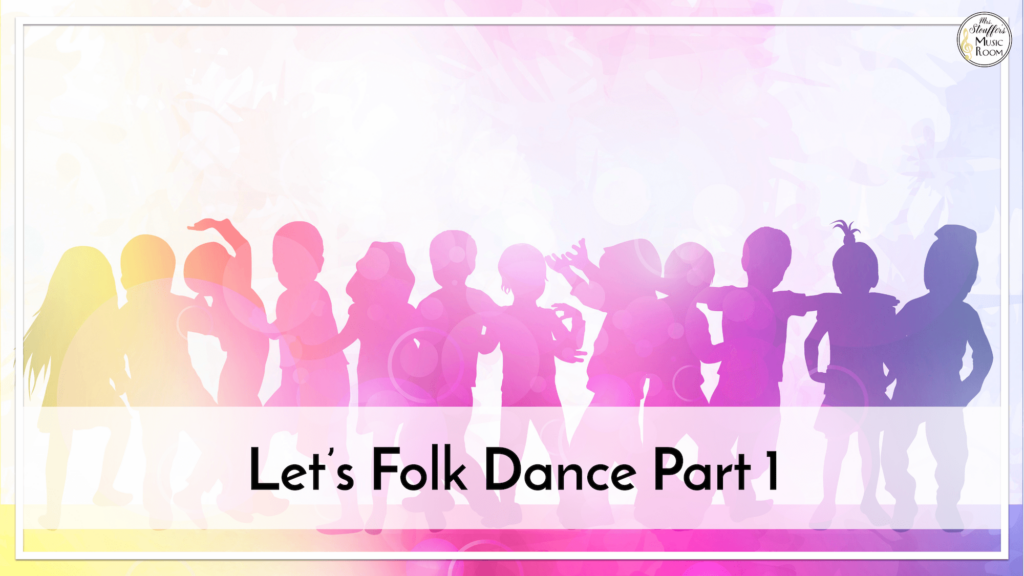
Heads up: Generally the things we are talking about (for now) are from Western folk dances from England, Scotland, Ireland, and the USA.
Basic Vocab
Here’s some basic things you’ll hear when you talk about folk dancing.
- Folk Dance – A non-religious dance that is from a certain region/country. From the common ‘folk’ rather than dances such as ballroom dances.
- Play Party – A folk dance but don’t call it that. This is what dances were called where music and dancing were forbidden in the 1800s in the United States. They were sung and hand clapping was involved but no musical instruments.
- Formation – Where dancers stand in relation to each other. EX: square, circle, longways set, Sicilian circle, contra dance, double circle, circle of trios, scattered.
- Set – when “following around/down the set” it means the formation.
- Singing Game – A dance accompanied by singing from the dancers
- Caller – the person who is calling the dance movements
- Head Couple – in a longways set, the pair closest to the music.
- Neighbor – the person on your other side who is not your partner
- Mixer – Partners do not stay together the whole time.
- Step up/Move up – In a long ways set, everyone moving a step towards the music when the head couple goes to the end and there is a new head couple
- Down – Away from the music in a long ways set
- Corner – Person next to you in a circle or square that is not your partner
- Neighbor – Person next to you in a contra dance that is not your partner
- Scattered – There is no ‘place’ to stand. Dancers can stand wherever they want.
- Circle – standing in a circle
- Open circle – a circle with an opening
- Long Ways Set – two long lines with partners standing across from each other
- Circle with a partner – standing in a circle with a partners next to each other
- Square – four groups of partners standing to make four walls of a ‘square’
- Double Circle (concentric circles) – two circles, one inside the other with partners facing each other (one facing in and one facing out)
- Sicilian Circle – A double circle with every other couple facing backwards to make groups of 4.
Where to start?
If you are new to teaching folk dancing, start with simple formations, especially for younger students. Scattered and Long Ways Set are the easiest two to keep students contained. Some people like circles instead of long ways sets, but circles can be difficult to keep the shape if students don’t know how to follow each other in them.
Think about the students you have. Every element of movement creates new things to teach, and new struggles. Steady beat is the most important and essential element for any dance. If your students can’t move to a steady beat, they are NOT ready.
Start with very simple dances. There are a lot of easy one but dances that only have 2-4 moves are the easiest for students to remember. There will also be less instruction time and more movement time. Easiest movements are clapping, walking, jumping. Look for walking ones that have a longer count (8-16) instead of short movements as it will give them time to process what’s coming next.
One of my favorites for Kindergarten is “Come Along Everybody” from New England Dance Masters. It is in the “I’m Growing Up” Book. This one is a ‘follow the leader’ sort of game that I’ve used to help students enter the room instead of having them ‘run’ in. (I’ve had teachers who fling open the door and let the kids run in. Yes, really.) It is also a cumulative song so you can keep adding movements.
Things you need to teach you didn’t know you needed to teach
- How to get in a circle (teacher leads, parachutes, follow the leader games, marks on the floor).
- Following in a circle. Practice walking in a line – how your head and toes turn to follow the person, then you work that line into a circle and keep going. Practice without holding hands first. You will need to teach them to turn their body to follow the person in front of them instead of walking sideways.
- The right way to hold hands for a dance.
- How to step up (towards the front of the set when a pair goes to the end).
- Standing in a straight line shoulder to shoulder.
- How to appropriately swing a partner (in other words, to trying to fling them across the room).
- Tapping in/stealing a partner – if you don’t have the “right number” of students and you need to manage and can’t step in to be a partner, your students will need to know how to jump in or out of the dance so they can all participate.
- Finding a new partner that is the closet to you.
- Finding a person you have not danced with today.
- Hand positions for different turns, holding hands, etc.
- How to be engaged when not moving (clapping!).
I hope this gives you a starting point. Look next week for part 2 with more info and some great resources!


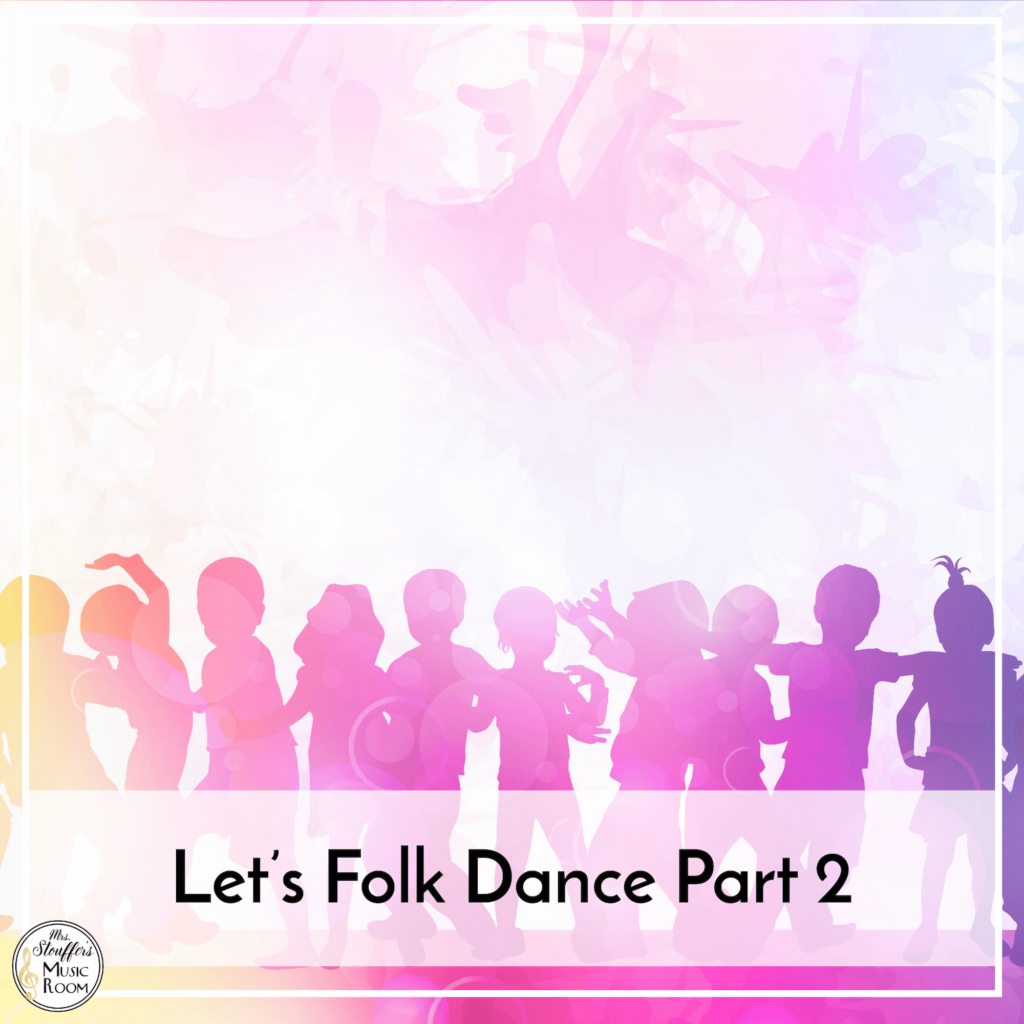

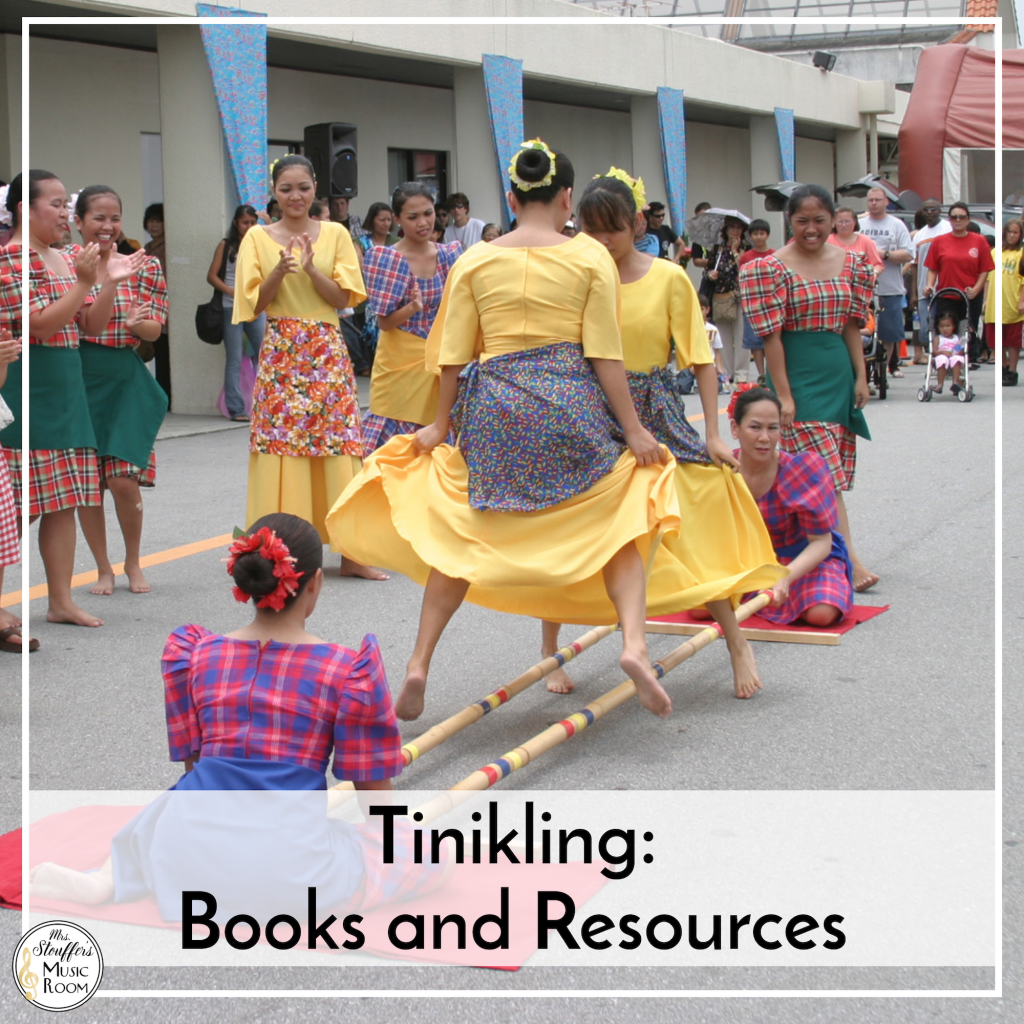
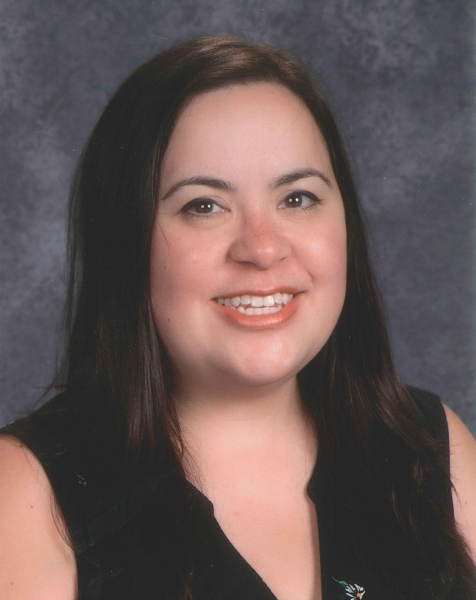
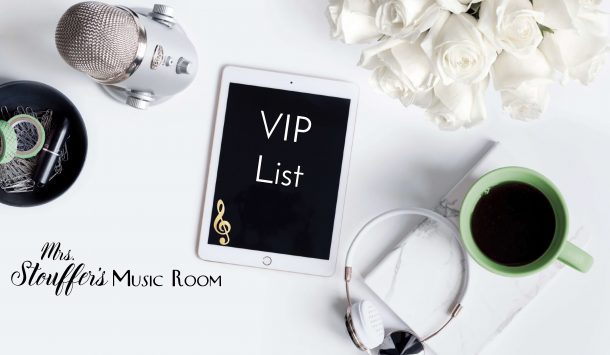
I am teaching Great Big House in New Orleans this week, including the dance. 🙂
That’s a fun one! 🙂